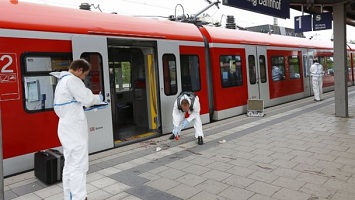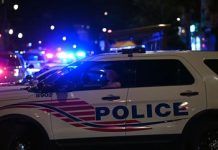The Department of Homeland Security is testing airflow inside the city’s subway system as a way to predict what would happen in a possible chemical attack. The week-long study poses no risk to the public, the Department of Homeland Security said. Officials will be releasing harmless, non-toxic gases inside several subway stations in Manhattan, including Penn Station, Grand Central Terminal and at Times Square.
“This study is part of the department’s ongoing commitment to preparedness and the shared responsibility of protecting the nation’s critical infrastructure,” DHS S&T program manager Dr. Donald Bansleben said in a statement. “The results of this study will provide us with a greater understanding of airflow characteristics, informing the research and development of next generation systems that continue to ensure the safety and security of the general public.”
DHS said air sampling will occur in 55 stations around Manhattan over the course of four hours after the gas is released.
MTA chairman Thomas Prendergast said the study will generate “valuable information” to protect straphangers against airborne contaminants. “These inert gases are safe for our customers and employees, and the entire test will be performed with no impact on them and no interruption to service,” Prendergast said in a statement. “We are fully committed to keeping our nearly six million daily subway customers safe and secure, and this test will bolster the MTA and our partners’ ability to protect them and the city at large.”








